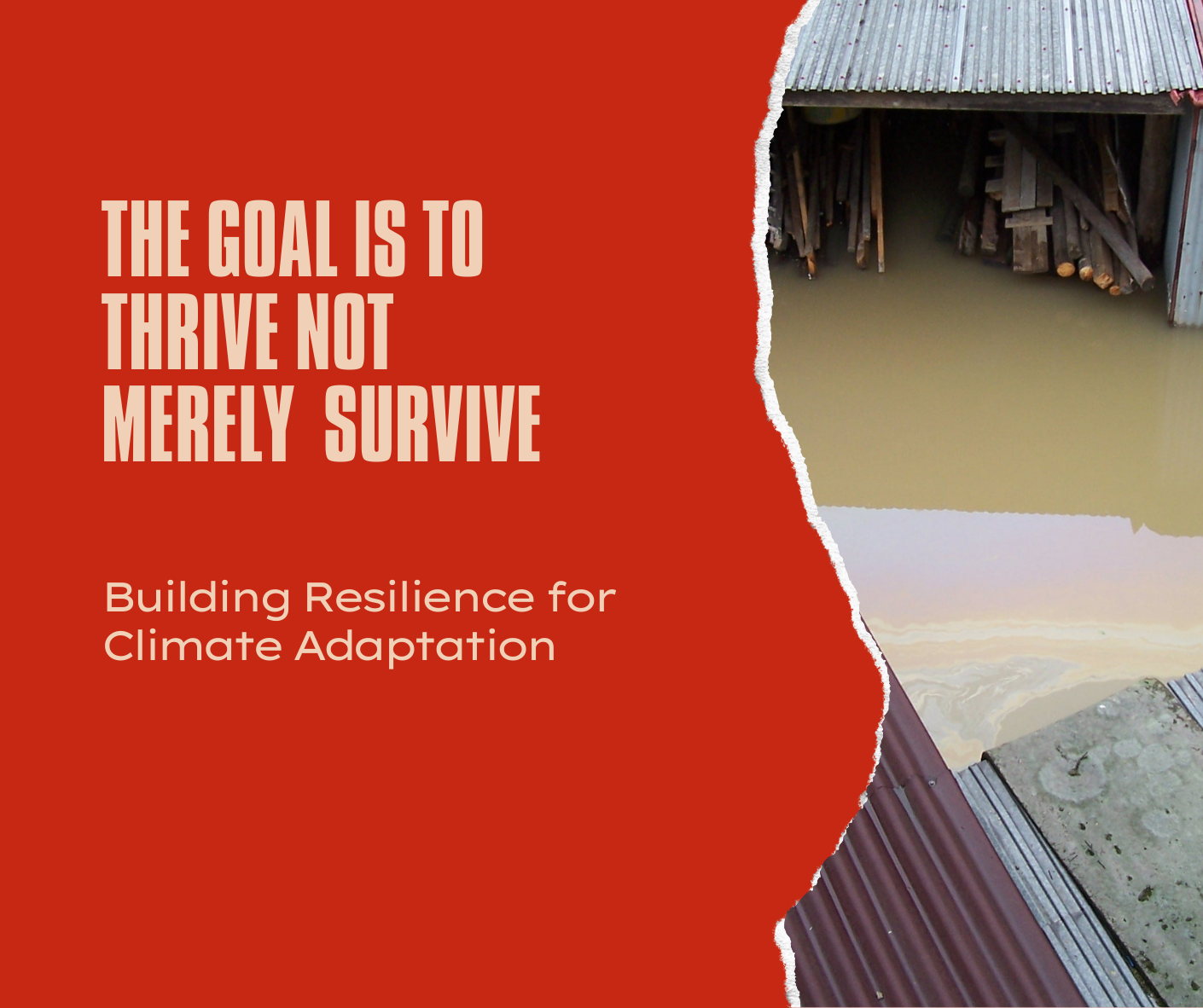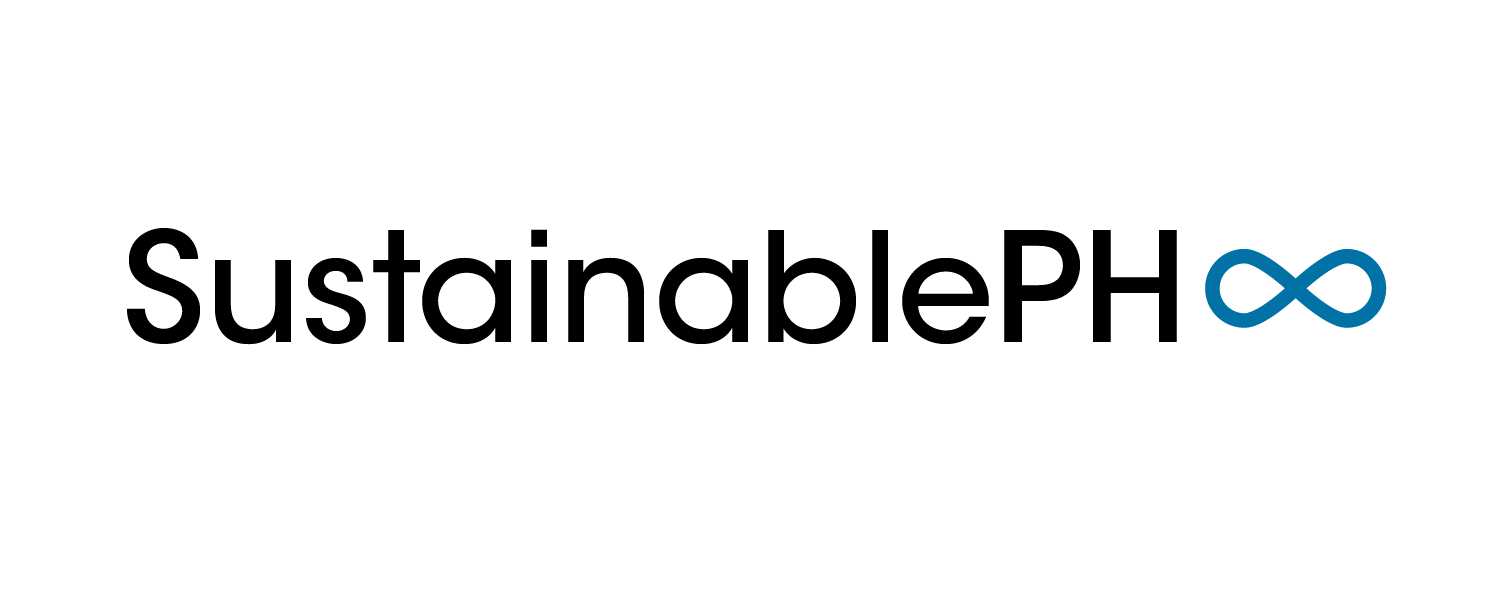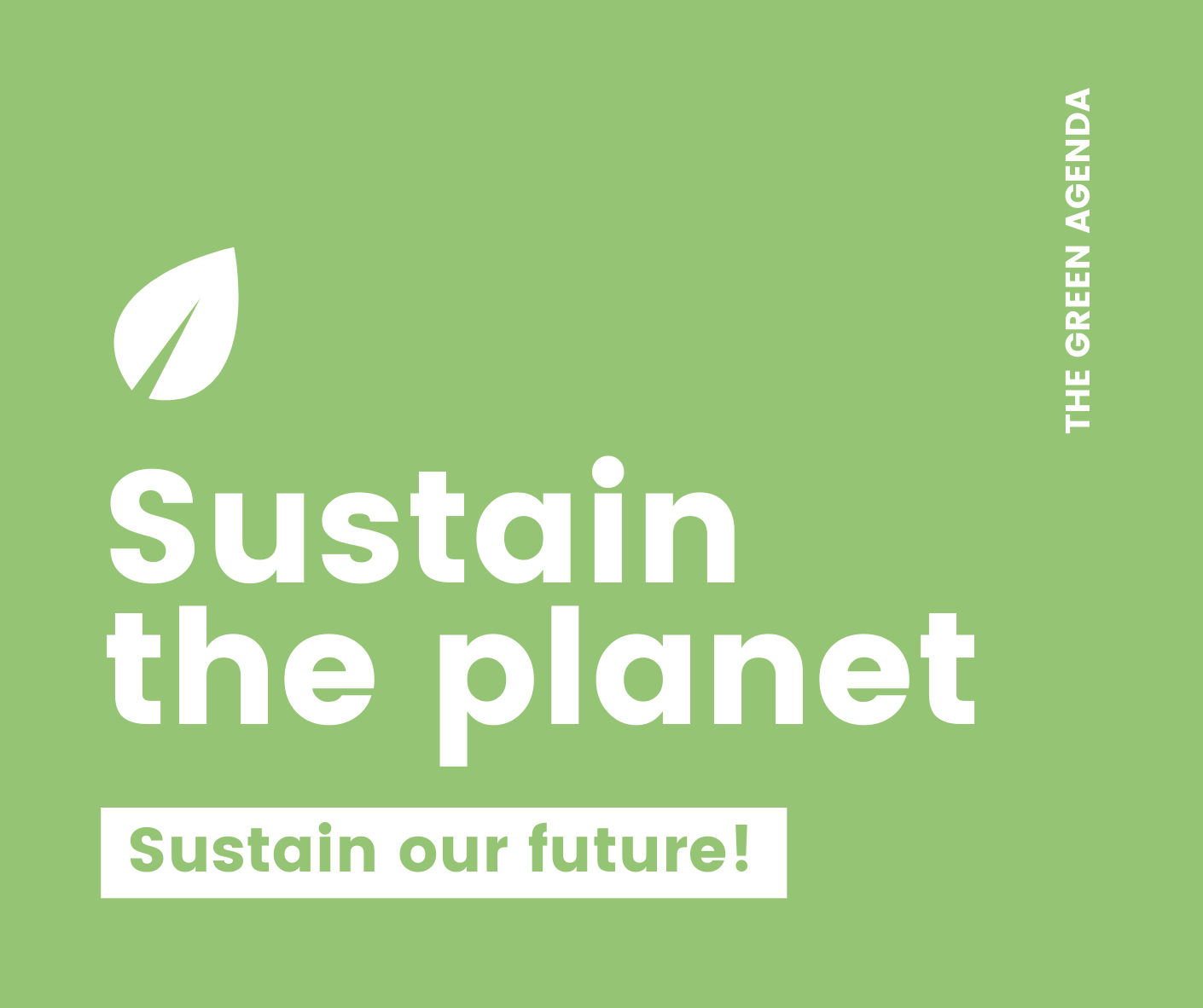
Code Red for Humanity
This is the warning alert set by the UN’s Intergovernmental Panel on Climate Change (IPCC) in their recent report. Initially, the goal set was to keep the limit by 1.5C, which would require cutting emissions by half by 2030 and net zero emissions by 2050. While the new report reaffirms this, we could be underway our 1.5C within the decade, rather than between 2030 and 2052.
While the Philippines is not a large contributor to global greenhouse gases, the country’s GHG is projected to significantly increase in the coming decades. In 2009, the Philippine congress passed the Philippine Climate Change Act wherein the Climate Change Commission developed the National Climate Change Action Plan which serves as a roadmap for climate action for the Philippines. Since then, it moved to make climate change action plans as part of national and local agendas and priority public investments.
With the clock ticking and the #racetozero accelerating, we can only do so much too soon. Narrowing down on the most material issues may be the way in creating a dent. From where I am sitting, which is not exactly a high seat, there may be two low-hanging fruits that we are already doing yet can still do in great scale through public policy, cohesive implementation and funding.
RESILIENCE AS AN INTEGRAL PART OF EVERYTHING WE DO
We’ve heard it a million times! The Philippines is one of the most vulnerable countries to the effects of climate change. The UN Office on Disaster Risk Reduction brings global stakeholders to help reduce loses during calamities. It established UN ARISE, the Private Sector Alliance for Disaster Resilient Societies, which equips countries in implementing the Sendai Framework in reducing risk. In the Philippines, Mr. Hans Sy pioneered the integration of disaster resiliency in corporate strategy and has taken leadership role in UN ARISE to advocate for its integration as part of business as usual to other corporates and local government units. Beyond building physical resilience, the UN ARISE also works with the National Resilience Council to build the community’s disaster preparedness and governance resilience.
Building resilience is what it means to adapt to Climate Change. It means designing our cities and building critical infrastructure with climate change as a central consideration as a key factor, as well as retrofitting our cities, which then allows us to carry on with our lives, without chronic typhoons leaving devastating effects on our industries, communities and lives. While we hail ourselves for having smiles on our faces amidst calamities or while walking through water as high as our waists, we need to re-orient ourselves that real resilience means not having to go through these at all when typhoons come.
Real resilience means being able to weather the storm because we are prepared – we built with resilience and sustainability in mind, we manage our wastes properly, we kept our water ways clean with the understanding that these are our tools that keep us flood free and we built our cities with a science-based approach, at all times upholding good governance in proper implementation of building codes and zoning.
SUSTAINABLE FINANCING and INCENTIVES for AFFORDABLE RENEWABLES
Another low hanging-fruit that would have great impact for the Philippines is the pursuit of sustainable finance. The Banko Sentral ng Pilipinas (BSP) has already taken the first and commendable step requiring banks to create a 3-year sustainable finance (Sustainable Finance Framework) transition plan. The UN IPCC aims to turn down the heat on our planet! Doing this would require a systemic change on how we power our economy. While we are gaining milestones on many fronts in our journey towards sustainable energy and renewable energy sources, financing remains to be the biggest gap and opportunity. Public policy may be sweetened by incentives that would accelerate technology and industry shifts driving this, both from the financing side but perhaps also from the consumer side.
We need to motivate every capable ‘Juan’ to make the shift – to install solar panels on their roofs, buy hybrid or full electric cars, or make other shifts to renewable or green technologies in business or personal lives – to achieve the scale we need in order to create the collective impact we are aspiring for when it comes to redoing our GHG emissions. We need to give incentives for businesses to make the shifts and bring in technology that can provide this shift. For now, we are relying on the good intention of the consumer. and entrepreneur. In many countries, even consumers are motivated to make the shift to electric vehicles through incentives such as less taxes or rebates – simply to make people jump ship.
Perhaps a systemic incentive program for consumers and entrepreneurs to make green shifts especially on “critical” industries like renewable energy, electric vehicles, green technologies, among others, would help make a collective behavioral market shift.
FOCUS AND SCALE
The goal of adapting to climate change is to THRIVE not merely to SURVIVE.
Perhaps, we are trying to do so many things as a response to climate change that we hardly feel the impact of our efforts, oftentimes diffused in sporadic directions in the process. Sometimes, I wonder, what if we focused our efforts on 2-3 strategic key climate action points but do it comprehensively and in scale? Would that give us a better chance at winning the battle?
About Post Author
Koleen Davila-Palaganas
Vice President for Sustainability at SM Investments Corporation, Asia’s Sustainability Superwoman Awardee, GRI Global Stakeholder Council Member, Board Member of Child Hope Philippines.
http://koleendavila.com
Author
Koleen Davila-Palaganas
Vice President for Sustainability at SM Investments Corporation, Asia’s Sustainability Superwoman Awardee, GRI Global Stakeholder Council Member, Board Member of Child Hope Philippines. http://koleendavila.com




Leave a Reply